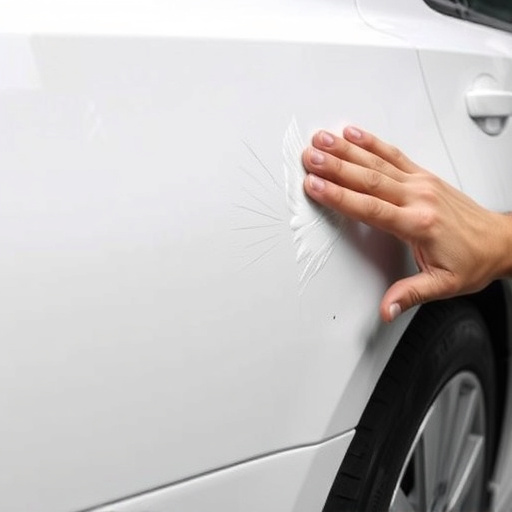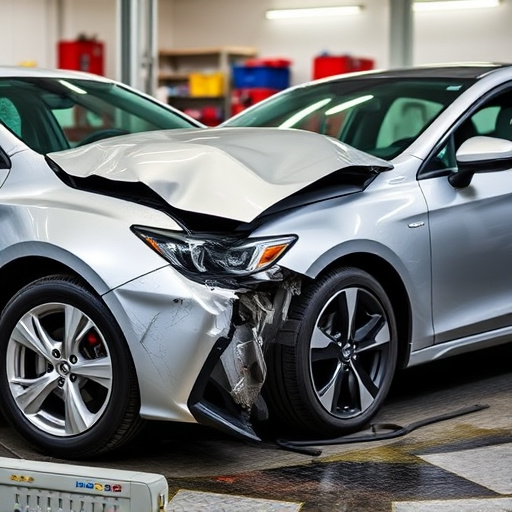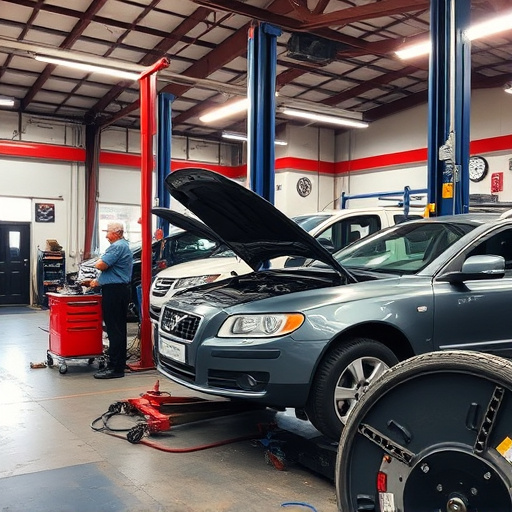In accident claims, evidence is vital for fairness and swift resolutions, with key types including medical reports, police records, photos, and expert witness statements. Efficient management of evidence, like collision repair center reports and medical records, streamlines the process, facilitating faster settlements for all parties involved in auto insurance help scenarios. Comprehensive and timely documentation accelerates claim decisions, benefiting victims and insurance companies by reducing clarification needs and ensuring precise repairs for smoother claims management systems.
In the complex landscape of accident claims, evidence plays a pivotal role in expediting decision-making processes. This article delves into the critical importance of compelling evidence in accelerating the resolution of insurance claims, particularly in the context of accident insurance help. Understanding the types of evidence that streamline these processes is essential for both claimants and insurers, ensuring fair and efficient outcomes. By exploring timely and comprehensive documentation, we uncover strategies to navigate the intricate path of accident claim decisions with greater agility.
- Understanding the Role of Evidence in Accident Claims
- Types of Evidence that Accelerate Decision-Making
- The Impact of Timely and Comprehensive Documentation
Understanding the Role of Evidence in Accident Claims

In accident claims, evidence plays a pivotal role in expediting decisions and ensuring fairness. It provides a clear picture of what transpired during an incident, helping insurance adjusters, legal professionals, and claimants alike to make informed judgments. The type of evidence considered can range from physical damage assessments to medical reports and witness statements. Each piece contributes to rebuilding the events, which is crucial for determining liability, calculating compensation, and facilitating a swift resolution.
Understanding the weight and relevance of evidence is essential in navigating accident insurance help processes. For instance, a collision repair center’s assessment report on auto bodywork damages can offer detailed insights into the extent of the collision, potentially speeding up claims settlements. Similarly, medical records provide critical information about injuries sustained, their treatment, and recovery timelines, which are vital for personal injury claims. Effective management and presentation of evidence streamline the claims process, making it less cumbersome for all parties involved.
Types of Evidence that Accelerate Decision-Making

In the realm of accident claims, efficient decision-making is paramount to ensure swift compensation and support for those involved in collisions. Several types of evidence play a pivotal role in accelerating this process, offering clarity and reducing potential delays. Key among these are detailed reports from medical professionals regarding the extent of injuries and their impact on individuals’ lives; these provide concrete information crucial for calculating damages. Additionally, police reports act as official records of the incident, capturing facts like circumstances, location, and contributing factors, which aid in assessing liability.
Visual evidence, such as photographs of the accident scene, damaged vehicles (including auto repair services needed), and any relevant physical evidence, offers a tangible representation of the collision’s impact. Moreover, expert witness testimonies can shed light on complex matters, especially regarding vehicle mechanics (auto body shop repairs) or safety protocols, helping to expedite the claim assessment process. These forms of evidence collectively contribute to a comprehensive understanding of the accident, enabling insurance providers and claimants to navigate the claims process more efficiently, ultimately leading to faster resolutions and the essential auto insurance help that those affected by accidents require.
The Impact of Timely and Comprehensive Documentation

Timely and comprehensive documentation plays a pivotal role in expediting accident claim decisions. When an accident occurs, immediate and detailed records are essential. This includes capturing evidence such as vehicle damage, scene photographs, witness statements, and medical reports. Prompt documentation not only facilitates faster processing but also ensures accuracy, reducing the need for further clarification or investigation. It acts as a robust foundation for insurance providers to assess claims swiftly, providing peace of mind to those involved in accidents.
Accurate documentation streamlines the process for both accident victims and insurance companies. For instance, collision repair services and vehicle body repair experts can provide detailed estimates and work progress updates through well-documented reports. This ensures a transparent and efficient claims management system. Moreover, proper documentation aids in car restoration efforts by preserving critical information about the original condition of affected parts, ultimately contributing to more precise repairs and higher claim settlements.
Accident claims often involve complex processes, but evidence plays a pivotal role in expediting decisions. By understanding the types of comprehensive documentation that can accelerate these processes, individuals can navigate their accident insurance claims more efficiently. Timely and detailed evidence, including medical reports, witness statements, and relevant photographs, ensures fair and swift resolutions, ultimately benefiting all parties involved in accident-related matters.














